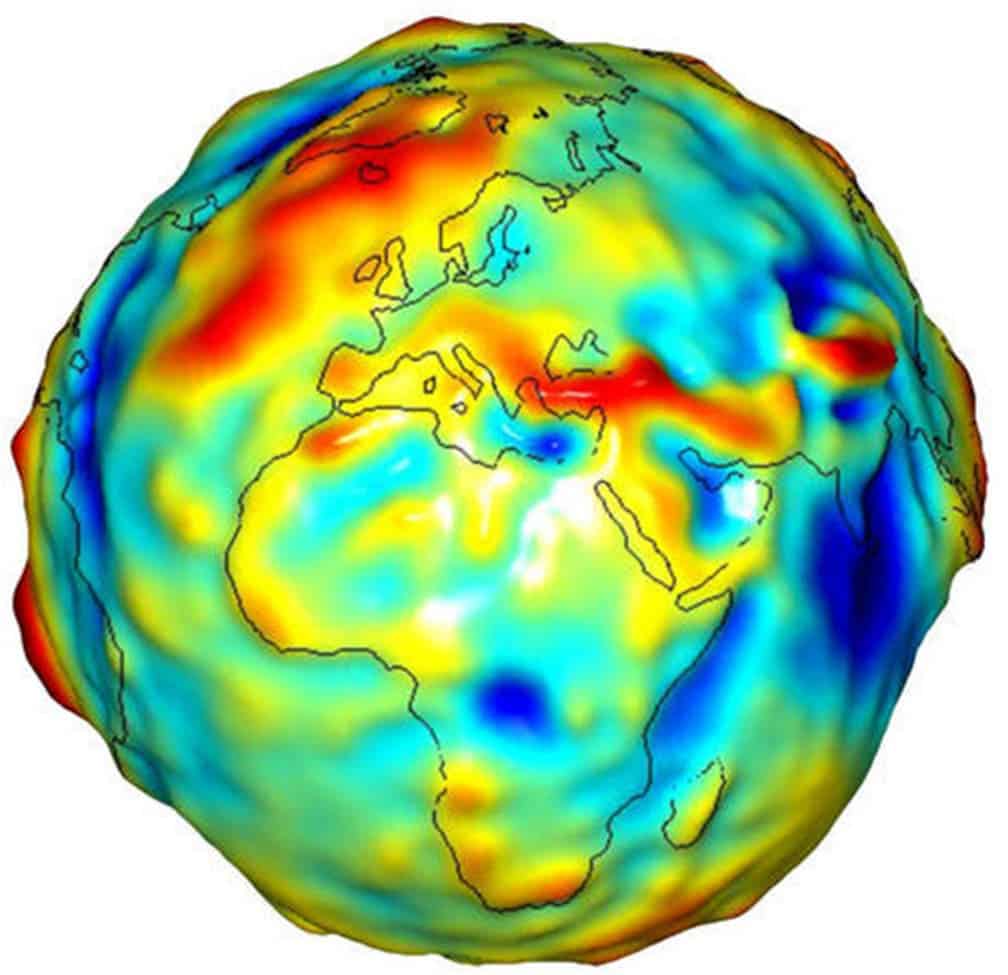Gravity is a fundamental force. A force is best defined in the realm of science as a push or a pull that can change an object’s movement. This relation can be exemplified in a piece of pop culture that everyone can recognize — Star Wars. In the films, the “force” allows its users to push things away from them or draw (pull) things toward them. In the case of gravity, it is a force which pulls things toward each other.

There are just two factors which affect the gravity’s strength in any circumstance: the mass of each object being attracted to one another, and the amount of space between each object. The three other fundamental forces active in our universe are electromagnetism, strong force, and weak force. Out of all of them, gravity is actually considered the weakest (to put it in perspective, electromagnetism is approximately a trillion-trillion-trillion times more powerful than gravity; it sounds ridiculous, but it’s true).
Yet gravity is the fundamental force that human beings usually come in contact with on a daily basis. It keeps us sitting down and makes people and objects fall to the ground. It binds the moon orbiting around Earth and other planets orbiting around the Sun. Gravity is a quality of all matter in the universe.
In addition, gravity is the key force in the scientific field of astronomy — the study of the universe outside the Earth’s atmosphere. Galileo Galilei and Sir Isaac Newton, both groundbreaking scientists of the 17th century, studied gravity as well as the planets and stars. In modern terms, the acceleration due to the gravity at the surface of the Earth is equivalent to what is now referred to as ‘one g’. G-force is the interaction of gravity on any celestial body.
Gravity actually had a big hand in forming a lot of the beauty found in the ever-expanding universe. Gravity pulls on an object from all directions simultaneously, thus forming objects in the shape of a sphere. This explains why common extraterrestrial bodies, such as planets and stars are round, spherical objects. Gravity is also a major driving force in the origin of galaxies.

Nebulae, clouds of dust and gas (typically hydrogen and helium), are drawn together by gravity. This force then causes these compact clouds to collapse and begin rotating. The offspring of such structuring is usually a new galaxy. Just as gravity takes part in the birth of light and beauty, it also assists in the demolition of it. As already mentioned, gravity is the force which pulls objects together. It causes many extraterrestrial bodies to collide, often leading to the destruction of one or all of the objects involved.
One such collision was very recently observed and recorded. In an article published by National Geographic on October 16, 2017, it was released that an astronomical and historical event had been witnessed by a number of astronomers worldwide: a kilonova, a collision of two neutron stars. What is likely to be the most significant aspect of this occurrence is that the massive confrontation of the two stars allowed for detectable gravitational waves to be studied and their point of origin to be located.
Theorized as early as 1916 by Einstein, gravitational waves are actually distortions of space-time brought about via rather powerful astronomical events. Considered in a hypothetical context for decades, the first signs of proof to back a belief in gravitational waves were discovered in the early to mid-1970’s. But through this most recent incident, scientists were able to trace the gravitational waves to their source. We can see the pattern in which they move.
Gravity attracts things; it assists in the creation as well as the destruction of matter. It is the force which keeps the sun blazing. It quite literally makes the world go round. It keeps our feet firm on the ground. And without it, almost nothing would be within our reach.
By ZME reader John Tuttle. Are you a scientist, expert, student, or an artist? Do you want to share your work with the world? Learn how anyone who has something interesting to say can contribute to ZME Science.






